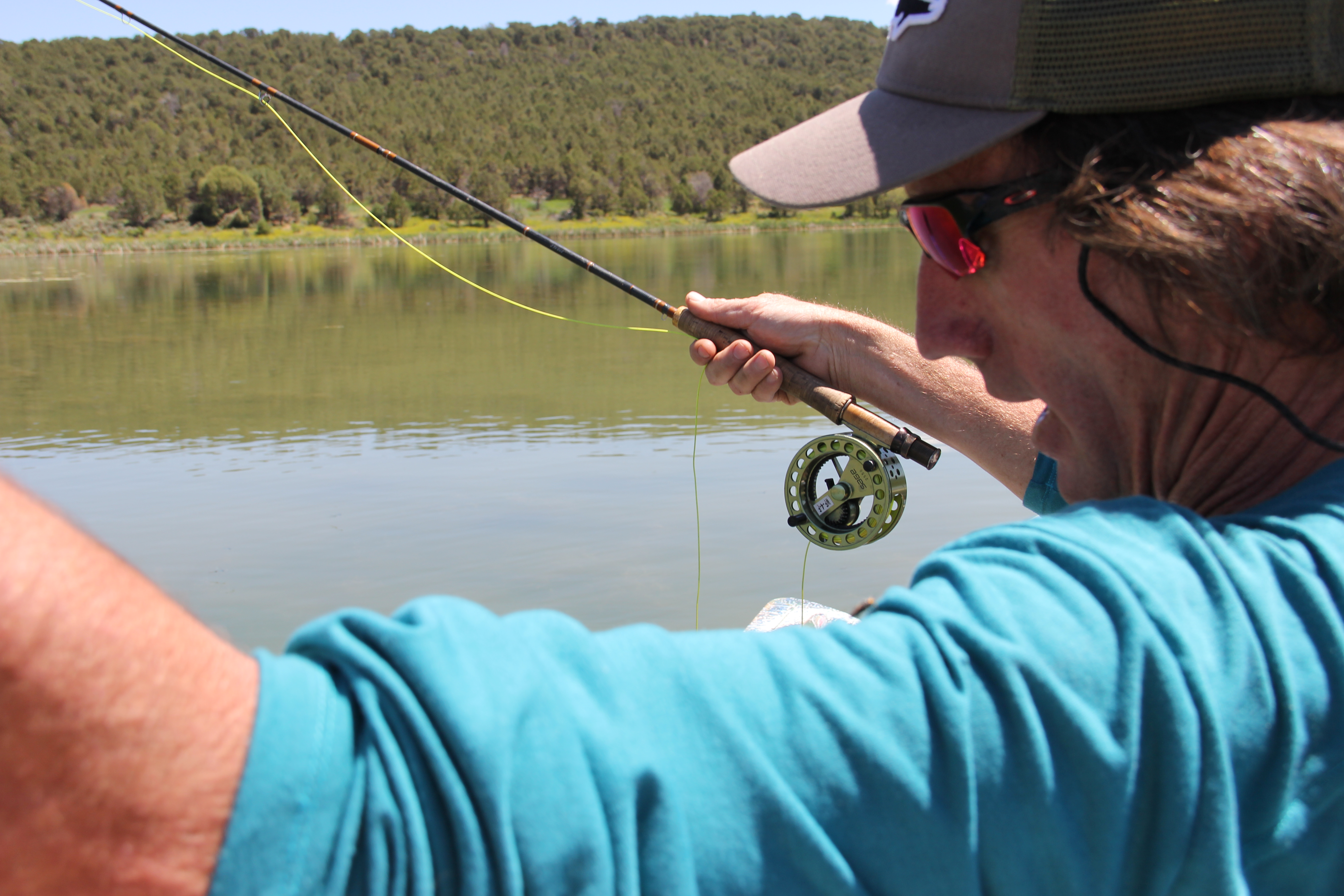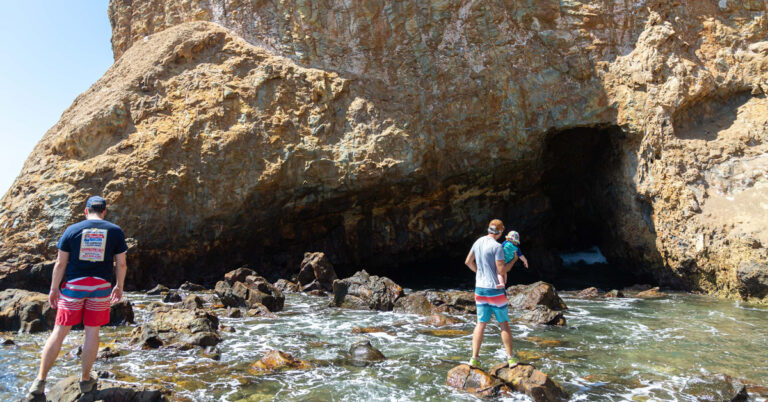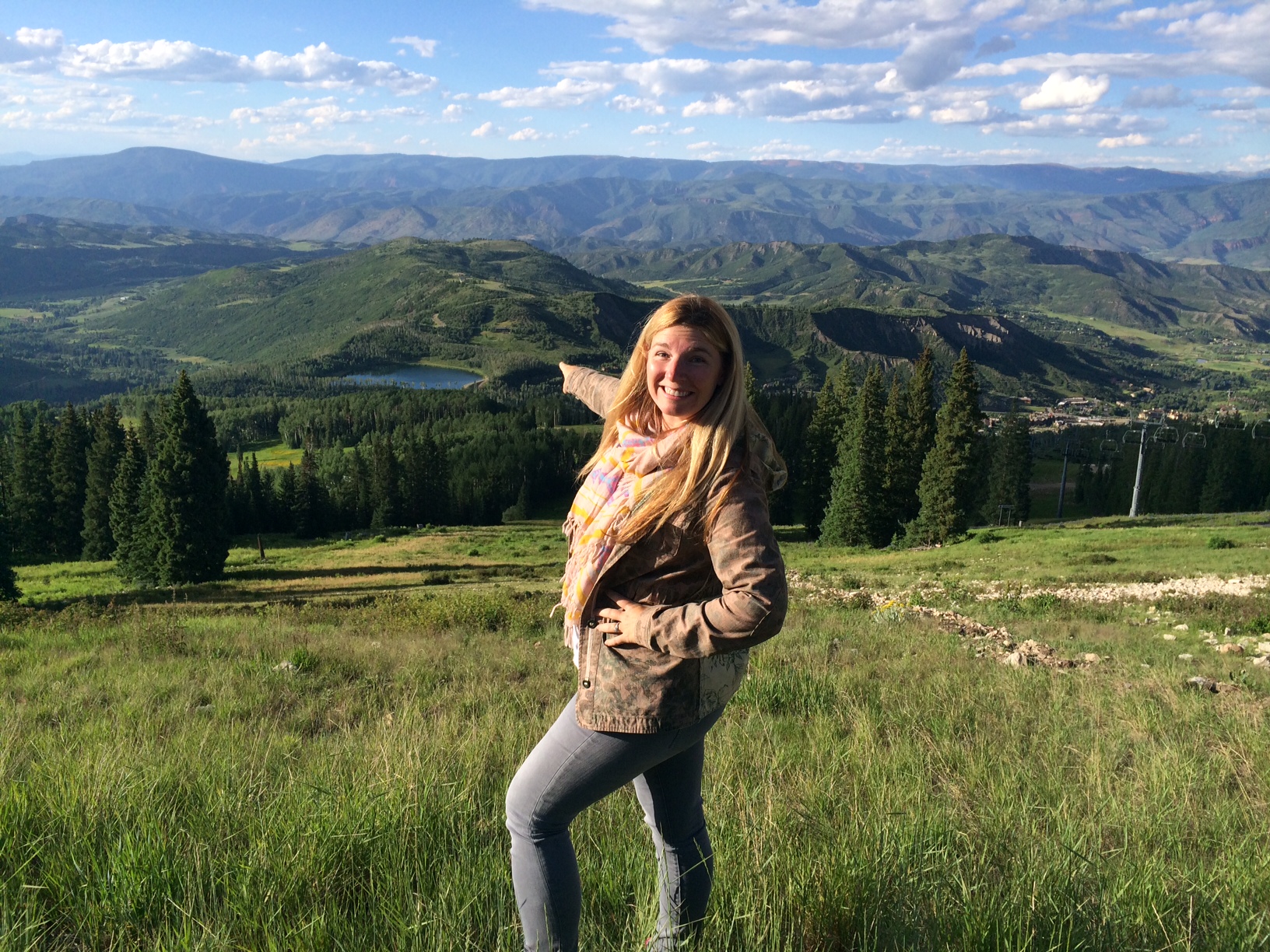 Fly-fishing is the artistry of a noble hunter. It’s a balance between fooling an adversary and respecting the pray. Every movement is purposeful and direct, and it’s very different than the type of fishing I knew growing up.
Fly-fishing is the artistry of a noble hunter. It’s a balance between fooling an adversary and respecting the pray. Every movement is purposeful and direct, and it’s very different than the type of fishing I knew growing up.
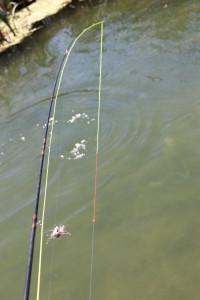 Just about everyone’s first fishing experience can be summed up in one lesson, ‘catch the dumb fish and don’t wiggle too much or you’ll scare dinner away‘; bobbers and hooks are plopped in the water in hopes of snaring any passing fish, while the fisherman sits roasting in the sun. Pulling up to the pond outside of Carbondale, listening to our guide, Kea, discuss the simple mechanics of a fly reel and the techniques of simulating various flies and bugs, I knew this wouldn’t be a slow day lounging by the water; fly fishing would require strategy and guile. We mounted the boat not to go fish, but to hunt.
Just about everyone’s first fishing experience can be summed up in one lesson, ‘catch the dumb fish and don’t wiggle too much or you’ll scare dinner away‘; bobbers and hooks are plopped in the water in hopes of snaring any passing fish, while the fisherman sits roasting in the sun. Pulling up to the pond outside of Carbondale, listening to our guide, Kea, discuss the simple mechanics of a fly reel and the techniques of simulating various flies and bugs, I knew this wouldn’t be a slow day lounging by the water; fly fishing would require strategy and guile. We mounted the boat not to go fish, but to hunt.
Everything I had ever thought about fishing was just a small sliver of what Kea was introducing to me. With fly-fishing, we could stalk our pray and plan our attack. Jade and I set our lines and studied how as every whip, dodge, and lead we made with our flies caused the fish to react, while Kea explained how different patterns meant that either they were onto us and gone or they might make another pass. It became a visceral experience, not just about me pulling in a huge bass but about me learning how to outsmart my opponent, and Kea really cared about teaching us these skills. I was hooked – excited about fishing for the first time in my life, but the closer I got to my first bite, the closer I got to a major moral dilemma.
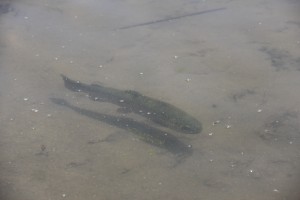 The one issue I have always had with fishing is catching for sport. I’m all for the hunt but I don’t want to needlessly hurt an animal. Even though I was enthralled with what we were doing, I was dreading the point when one of us would rip a poor, unfortunate fish up out of their home. Jade was the first in our boat to get a solid bite, and immediately Kea sprang into action with quite a different set of instructions than I expected.
The one issue I have always had with fishing is catching for sport. I’m all for the hunt but I don’t want to needlessly hurt an animal. Even though I was enthralled with what we were doing, I was dreading the point when one of us would rip a poor, unfortunate fish up out of their home. Jade was the first in our boat to get a solid bite, and immediately Kea sprang into action with quite a different set of instructions than I expected.
Fly-fishing is not about simply reeling in a catch, it’s a tug-of-war where the fish and the fisherman play off one another. Ultimately, the goal is to tire the fish out, which Jade did, and Kea scooped him up in a net. Fine. Great- maybe a bit easier on the fish than I expected, but still traumatic. However, this was the point where I’d say Alpine Anglers made its deepest impact on me, and why I will always recommend their guides to anyone looking to fly fish.
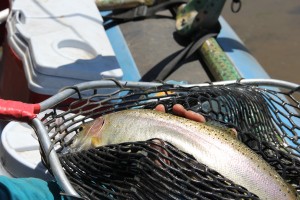 Kea unhooked the fish and set it back in the water. After such a physical exertion, the fish is understandably worn out, but, instead of assuming the fish would be fine, Kea kept an eye on Jade’s catch for next several minutes to actually make sure it was all right. It was the responsibility towards the wildlife that he demonstrated in this action which overwhelmed me. It’s a noble man who can see an animal as both a fellow creature and pray. After this display of tenderness, I relaxed back and enjoyed the rest of our time on the water knowing that I could pursue the catch as cunningly as I had in me without worring about needlessly killing the fish.
Kea unhooked the fish and set it back in the water. After such a physical exertion, the fish is understandably worn out, but, instead of assuming the fish would be fine, Kea kept an eye on Jade’s catch for next several minutes to actually make sure it was all right. It was the responsibility towards the wildlife that he demonstrated in this action which overwhelmed me. It’s a noble man who can see an animal as both a fellow creature and pray. After this display of tenderness, I relaxed back and enjoyed the rest of our time on the water knowing that I could pursue the catch as cunningly as I had in me without worring about needlessly killing the fish.
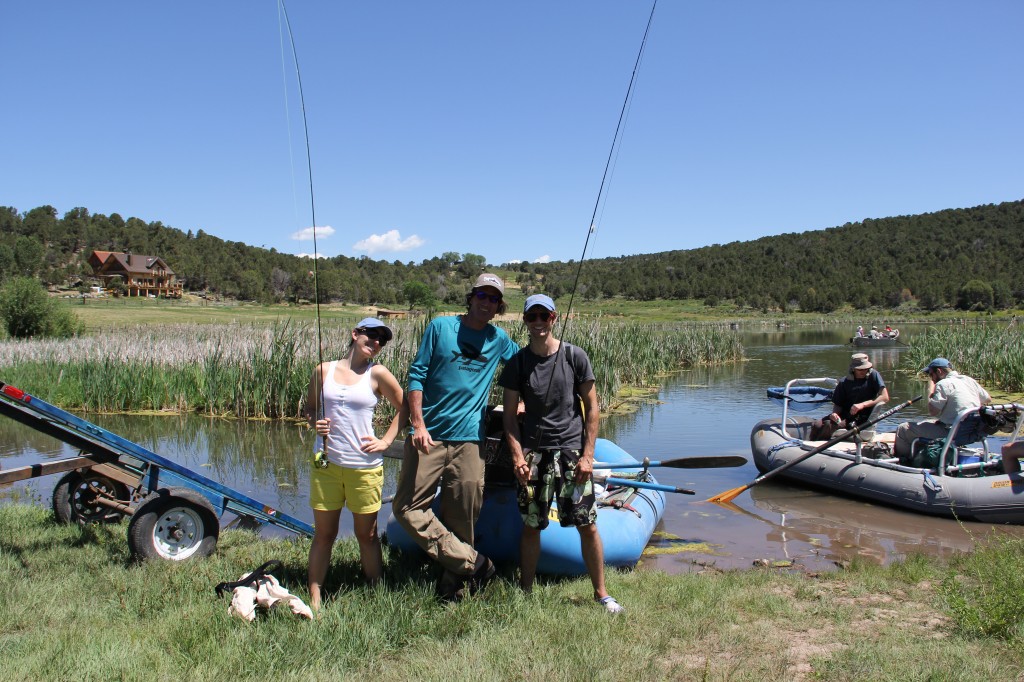 I never thought Colorado would introduce me to a sport that can be such primal pursuit but carry with it a responsibility to the life it contacts. Now I know for a fact that my experience is probably more the exception than the rule. The people of Alpine Anglers aren’t just a catch and release company, Kea was telling us of a group that he had recently taken out that ‘whipped up on the river’. However, any outfitter can send out seasoned professionals to catch a bunch of fish, but not every company is able to demonstrate the responsibility with which Kea lead us. Not only do I look forward to going fly-fishing again (a phrase I never thought I’d say), but I am also excited for Alpine Anglers to introduce other people to the sport.
I never thought Colorado would introduce me to a sport that can be such primal pursuit but carry with it a responsibility to the life it contacts. Now I know for a fact that my experience is probably more the exception than the rule. The people of Alpine Anglers aren’t just a catch and release company, Kea was telling us of a group that he had recently taken out that ‘whipped up on the river’. However, any outfitter can send out seasoned professionals to catch a bunch of fish, but not every company is able to demonstrate the responsibility with which Kea lead us. Not only do I look forward to going fly-fishing again (a phrase I never thought I’d say), but I am also excited for Alpine Anglers to introduce other people to the sport.
